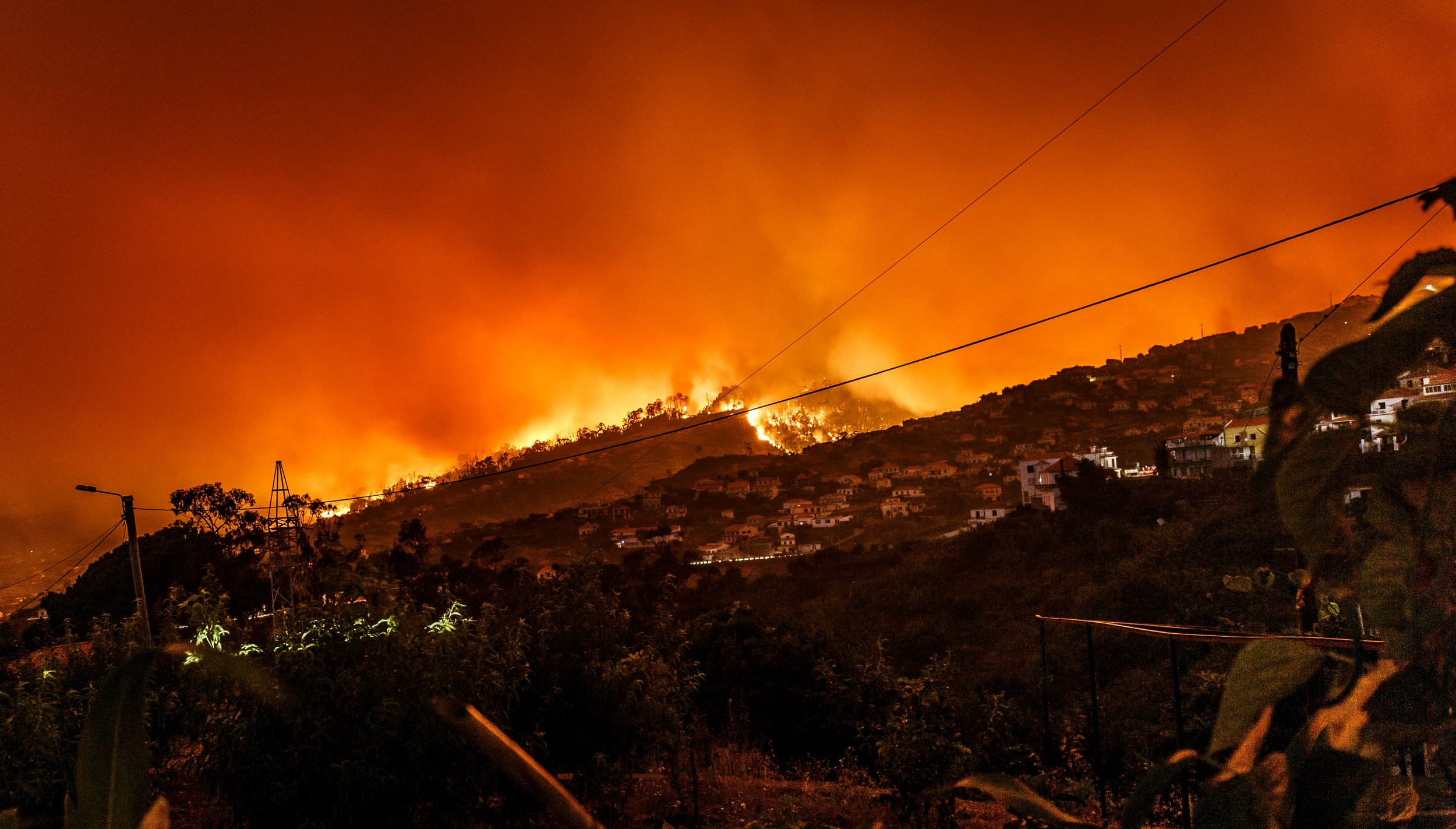Debunking 5 Natural Disaster Myths
Natural disasters have long been a subject of fascination and concern for humanity. However, amidst the widespread discussions and information available, certain misconceptions and misunderstandings about these cataclysmic events persist. Unraveling these myths and misconceptions is crucial in promoting accurate knowledge and preparedness.
1. Myth: Earthquakes Only Occur in Specific Regions
Contrary to popular belief, earthquakes are not exclusive to specific geographic locations such as the Pacific Ring of Fire. While certain regions are more prone to seismic activity, earthquakes can happen anywhere in the world. For instance, areas along fault lines in the United States, Europe, Asia, and Africa also experience significant tremors.
You can actually view the most significant earthquakes from every year here: https://earthquake.usgs.gov/earthquakes/browse/significant.php
2. Myth: Tsunamis are Just Large Waves
Tsunamis are often mistaken for regular ocean waves. In reality, they are not typical waves caused by wind but are triggered by underwater disturbances such as earthquakes, volcanic eruptions, or landslides. Tsunamis can grow to enormous heights and cause widespread devastation when they reach the coastline, mainly because the actual depth of the ocean decreases and reveals what is bubbling underneath.
3. Myth: Wildfires Are Solely Caused by Human Activity
Although human activities can contribute to wildfires, natural factors such as lightning strikes can also ignite them. In fact, lightning is a significant cause of wildfires in many forested areas. Understanding both human-induced and natural causes helps in formulating better preventive measures.
Some of the most land-intensive wildfires (fires that burn large acreage) don’t actually make it in the news at all. In the case of the Canadian wildfires of the past year, the only reason any other country heard about them was because the wind blew the smoke into neighboring East Coast cities! The majority of the land burnt this past summer was nowhere near civilization and therefore, was most likely better for the forest in reducing fuel and creating more biodiversity.
4. Myth: Flooding Only Occurs in Low-Lying Areas
Floods can happen in any location, not just in low-lying areas. Heavy rainfall, snowmelt, storm surges, or dam failures can lead to flooding in various terrains, including urban areas and regions not typically prone to inundation. In fact, 90% of homeowners afflicted by natural disasters in the last decade were outside of the designated flood zones constructed by FEMA.
The reason for that is simply other natural disasters and increased risk due to poor building materials. As we’ve gotten more advanced and homes have gotten cheaper, we’ve also resorted to lower building qualities that allow for water to more easily seep in and damage our most valuable assets. It’s also worth noting that floods are one of the most common side effects of OTHER natural disasters that are unrelated to water, like hurricanes or even wildfires! So preparing your home in the event of any high-risk disaster is crucial.
5. Myth: We can predict natural disasters
While advancements in technology have improved forecasting, predicting natural disasters with pinpoint accuracy remains challenging. Forecasting tools provide guidance, but uncertainties persist due to the complex nature of natural phenomena. For example, we cannot predict what events might happen after a natural disaster blows through an area, like any residual embers or flood-related openings that might damage more of our structures. A large percentage of homes burn down as a result of secondary effects after a mega fire, things we can’t really predict.
In conclusion, dispelling these common misunderstandings about natural disasters is crucial for fostering accurate knowledge and preparedness. Understanding the multifaceted nature of these events enables individuals and communities to take proactive measures, enhance preparedness, and mitigate risks effectively in the face of such calamities. Staying informed and equipped with accurate information is key to building resilience against the unpredictable forces of nature.


